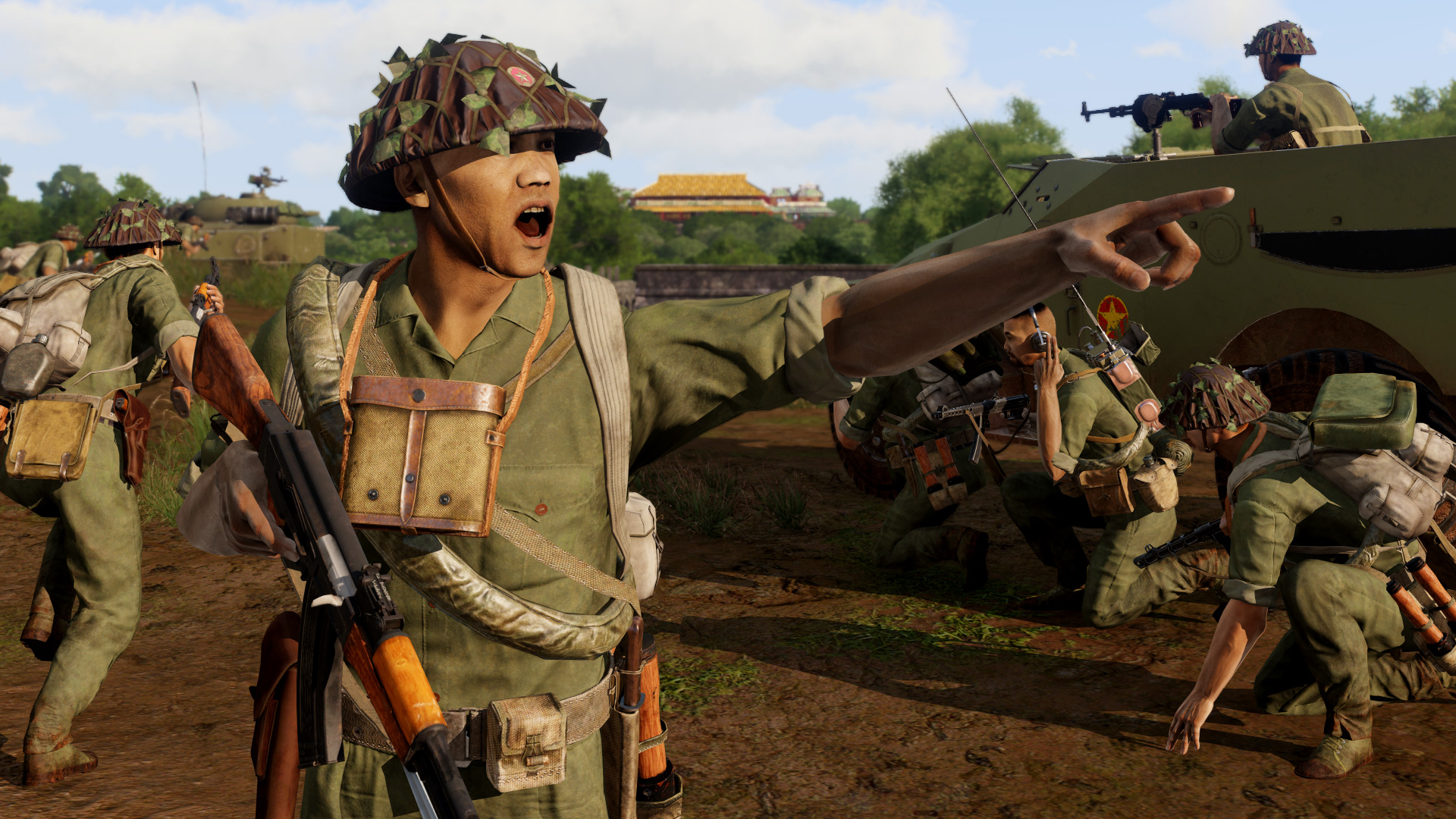
Assessment for regular or reserve direct entry service is undertaken at the same time, in the same groups, to the same standard.

Potential officers, for regular, reserve, or professional qualified service, are identified by the Army Officer Selection Board (formerly the Regular Commissions Board, or RCB) situated in Westbury in Wiltshire. Marlborough Room showing tryptych on leather of the Battle of Blenheim by Horensburg RMAS Collection An inquest into her death is set to take place in 2022. In 2019 Sandhurst gained widespread media attention in Britain after cadet Olivia Perks committed suicide after an alleged affair with a superior at Sandhurst and amid fears she was going to be dismissed. In 2015 Sandhurst appointed Lucy Giles as the first female college commander in its history.

It was renamed as King Hamad Hall in honour of the King of Bahrain, which generated some controversy in the United Kingdom. In 2013 Sandhurst accepted a donation of £3 million from the Government of Bahrain for the refurbishment of Mons Hall, named in honour of the men who fell in the Battle of Mons. In 2012 Sandhurst accepted a £15 million donation from the government of United Arab Emirates for the Zayed Building, an accommodation block, named after the UAE's founding ruler. įor the 1948 Summer Olympics in London, the newly created Academy hosted the running leg of the modern pentathlon competition. The collection includes the Gentlemen Cadet registers, historic archives, uniforms, paintings, photographs, and other artefacts. The Royal Military Academy Sandhurst Collection illustrates the history of the Royal Military Academy, Woolwich, the Royal Military College, Sandhurst, and the Royal Military Academy Sandhurst. In 1992, a new Commissioning Course finally unified the training of male, female, and overseas cadets. In 1984, the Women's Officer Training College Bagshot was also merged into Sandhurst. The Royal Military Academy Sandhurst was formed on the site of the former Royal Military College (founded in 1801 for the training of officers for arms other than the Royal Artillery and Royal Engineers) in 1947 when it amalgamated with the Royal Military Academy in Woolwich, (founded in 1741 for the training of officers for the Royal Artillery and Royal Engineers) įollowing the ending of National Service in the UK and the closing of the Mons Officer Cadet School in Aldershot in 1972, the RMAS became the sole establishment for male initial officer training in the British Army, taking over the responsibilities of Mons for training Short Service Officer Cadets, Territorial Army officers, and those joining the Regular Army as graduates.


 0 kommentar(er)
0 kommentar(er)
